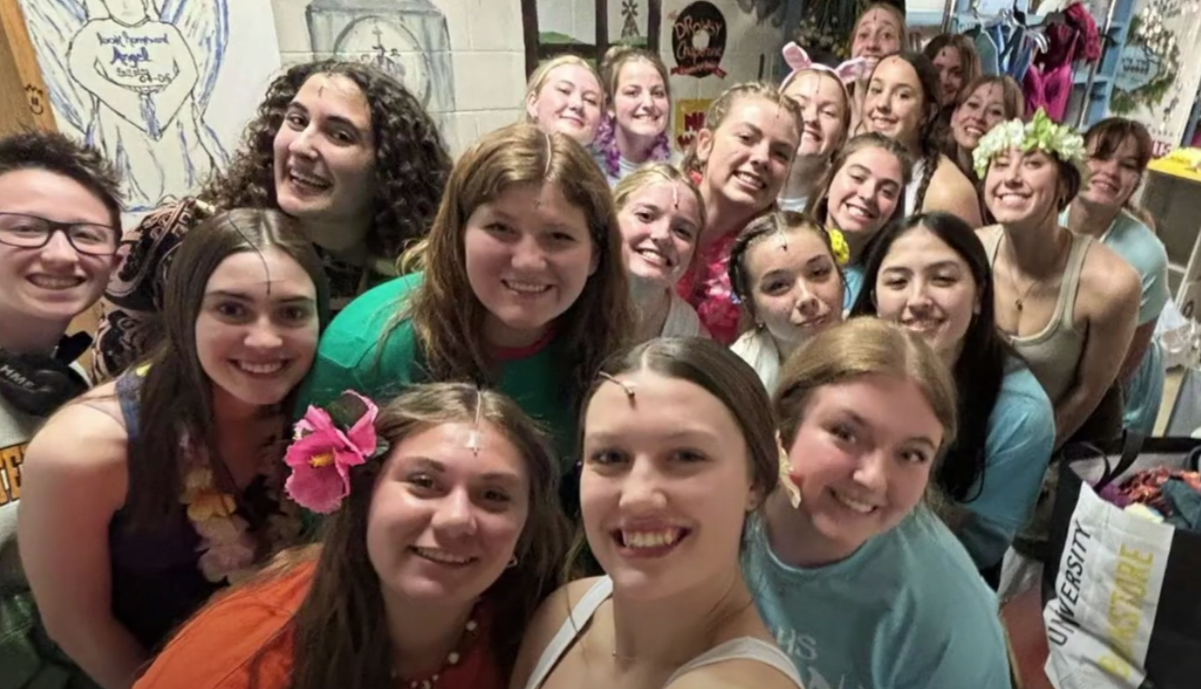As the war between the terrorist group Hamas and Israel escalates, the Gaza Strip and the people within it face a humanitarian crisis due to the relentless and inhumane bombing and fighting by both Hamas and Israel. Already, the latest war in a long history of turmoil between Israelis and Palestinians has become the deadliest one in over two decades. As the conflict continues, the dangers civilians are facing in the Gaza Strip may only worsen.
In the days since Hamas’ terror attack on Israeli civilians on October 7, the terrorist group and country have been at war, exchanging bombings of civilian and military targets.
Since 2005, there have been five wars between Palestinians and Israelis which have a long history of conflict. The latest outbreak of fighting has greatly surpassed the previous deaths of all those wars. Past conflicts have been over religious and cultural disputes from centuries of tension.
Apartheid laws in current-day Israel along with extremist groups like Hamas have kept tensions high between Palestinians and Israelis. Now, the current war highlights the ever-present need for reconciliation and policy changes between these groups. But, hospital bombings and inhumane blockades keep the possibility of peace a distant reality.
Although only roughly the land size of Las Vegas, the Gaza Strip holds over 2 million people within its borders. But, over half of the population has been displaced from the war, according to The Washington Times and other international aid groups.
Gaza civilians also face poverty and other crises as food, water, electricity, and medicine supplies dwindle from the Israeli blockade that many humanitarian groups are calling an inhumane war crime. As aid awaits the citizens of Gaza, it remains unattainable because of the continued Israeli blockade and the threat of bombardment from Hamas as well.
Mediators are currently asking for a ceasefire between Hamas and Israel to allow humanitarian aid to flow into Gaza to avoid a larger crisis. With a lack of medical and hygiene supplies, concerns of an epidemic add to the long list of fears Gazans face.
All of these issues serve as painful examples of the humanitarian crisis Palestinians and Israelis face, especially in the Gaza Strip.
As the conflict and humanitarian crisis draw the attention of the world, the question of the United State’s involvement remains highly disputed.
Previously, the United States has been a long-standing ally of the Israeli democratic nation and, as President Biden addresses the Middle Eastern issues, alliance with Israel remains very similar. The government and citizens alike continue debating over questions about sending troops, finances, and supplies to Israel.
The prominent issues have even been debated in Prairie Ridge High School, with a social science class Lyceum. Some students believe the United States has no role in the conflict, while others support the idea of financial and humanitarian aid. The general consensus among these students is against sending troops to the Middle East, unless strictly for humanitarian aid.
While the students at PR all have differing views on the matter, there’s no doubt about the relevance of the war across the world and in our own communities. As the death and injury toll continues to climb with more war in the Gaza Strip, the need for humanitarian aid and intervention remains crucial for the citizens caught in the horrendous conflict.
If nothing changes, the world could very well be looking at the beginning of multiple disastrous humanitarian crises.
Addie Meyer wrote this story for the “hard news” assignment in her senior English class, Communication Analysis and Production. It has been lightly edited for clarity and formatting.









